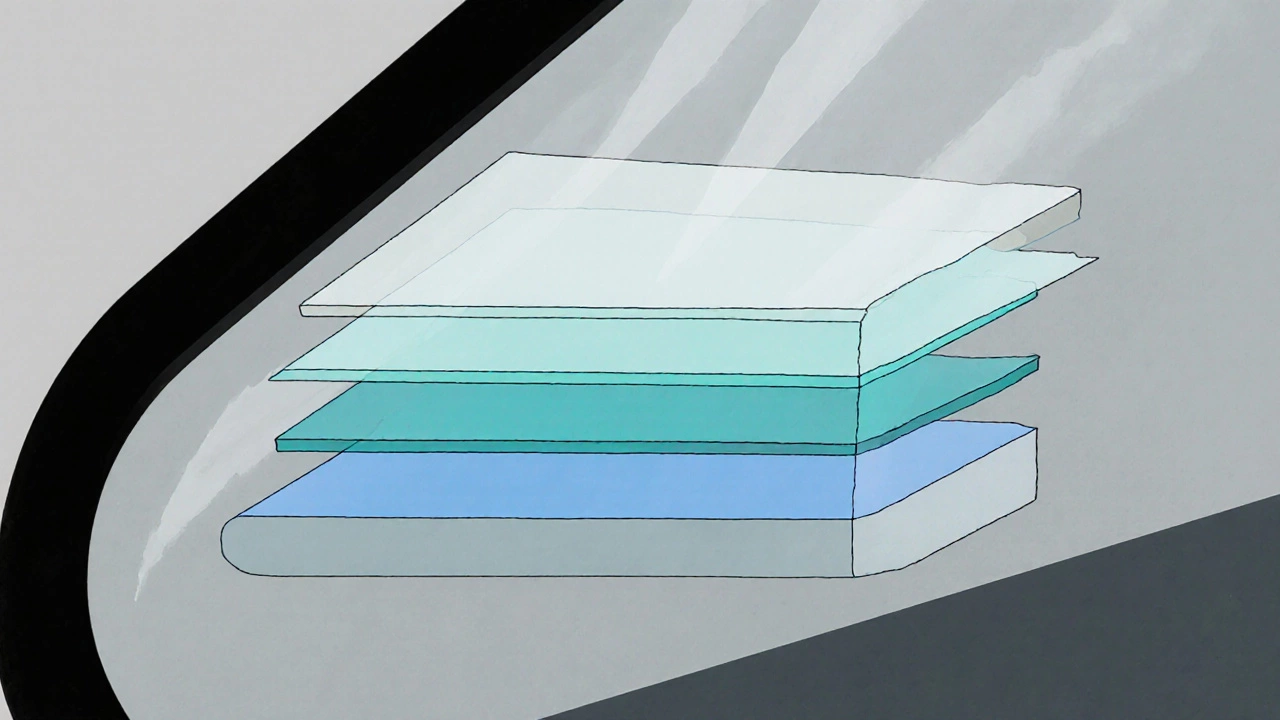When talking about car window tint care, the practice of maintaining your vehicle's tinted glass so it stays clear, protected and road‑legal. Also known as tint maintenance, it blends simple cleaning habits with an eye on local regulations. Car window tint care isn’t just about looking good – it helps block UV rays, reduces glare and can even improve fuel efficiency. In short, good tint care means a cooler cabin, less fading on interiors and fewer chances of a traffic ticket.
One of the first things you’ll notice is that window tint darkness, measured as Visible Light Transmission (VLT), directly affects how much sunlight reaches your seats. Darker tints (lower VLT) block more UV but can run afoul of legal tint limits. Those limits differ by state or country, so knowing the rule in your area is key before you invest in a heavy‑duty film. The relationship is simple: tint darkness influences legal compliance. If you pick a shade that’s too low, you’ll face fines or forced removal – not a fun DIY outcome.
Beyond the law, the type of film you choose matters for maintenance. aftermarket tint offers a range of qualities, from ceramic blends that resist heat to cheaper dyed films that can fade over time. Ceramic films, for example, retain their clarity longer and are less prone to bubbling, meaning fewer harsh cleaning cycles. Knowing the film’s composition helps you pick the right cleaning product and method. A good rule of thumb: aftermarket tint determines the cleaning approach. Using the wrong cleaner can scratch the surface or strip the film, turning a clear view into a cloudy mess.
Now, let’s talk tools. A soft microfiber cloth, a pH‑neutral glass cleaner, and a gentle spray bottle are the basics of any tint‑care kit. Avoid ammonia‑based cleaners because they break down the adhesive layer over time. If you live in a dusty climate, a quick dab with a water‑based solution every few weeks stops grit from grinding into the film. Some enthusiasts swear by a mix of distilled water and a drop of baby shampoo – it’s mild, non‑abrasive, and leaves a streak‑free shine. Remember, proper cleaning agents preserve both clarity and UV protection.
Maintenance isn’t just a weekly chore; it’s also about spotting early wear. Look for bubbles, peeling edges or a hazy film after a hot summer. Those signs often mean the adhesive has weakened, which can be fixed with a professional re‑application or a full replace, depending on the damage. Regular inspections keep you ahead of costly repairs and ensure the tint continues to block harmful rays. In practice, routine checks safeguard long‑term performance.
All of these points – tint darkness, legal limits, film type and cleaning habits – weave together to form a solid car window tint care strategy. Below you’ll find articles that dive deeper into each aspect: from understanding VLT numbers and staying within the law, to choosing the right aftermarket film and mastering the perfect cleaning routine. Grab a coffee, scroll through the list, and pick the tips that fit your ride today.

Learn the safe time frame and best techniques for washing a car after window tint. Get practical tips, myth-busting facts, and a FAQ to protect your tint's life.